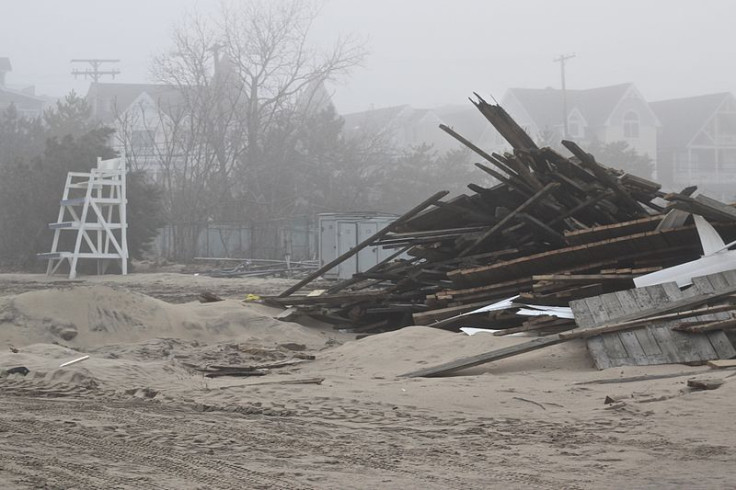CDC Reports 117 Died As A Result Of Hurricane Sandy, Most From Drowning

The U.S. Centers for Disease Control and Prevention (CDC) released a report Wednesday giving specific details about the casualties associated with Hurricane Sandy, most of which occurred in New York state and were the result of drowning.
One hundred and seventeen deaths were reported on Red Cross mortality forms and the CDC utilized that data to track the age, sex, race, date, and location of each passing. The victims ranged in age from one to 94 years old. New York and New Jersey experienced the highest death toll, with 87 victims between those states combined. Deaths were also reported in Pennsylvania, West Virginia, Connecticut, and Maryland.
Of the 117 victims, 40 died from drowning. Historically, drowning is the leading cause of hurricane-related deaths anywhere. More than half of the drowning deaths occurred while the victims were in their own homes. The others occurred outside in commercial buildings and one from unintentionally swimming off a storm-affected beach. For six of the drowning victims, the circumstances of their drowning were not available.
Twenty of New York's drowning victims lived in or around Evacuation Zone A. Evacuation Zone A is the part of New York City that is most susceptible to flooding during any extremely powerful storm. Residents of those areas were warned to evacuate via television, telephone, and even door-to-door personnel in the days and hours leading up to the storm.
While drowning was the leading cause of death among Hurricane Sandy victims, nineteen victims died from injuries incurred while being crushed, cut, or struck during the storm. And, strangely enough, poisoning was the third highest cause of Hurricane Sandy-related deaths, with 10 people dying from poisonings. nine of out which were from carbon monoxide.
"Most directly related deaths occurred during the first few days of the storm, whereas indirectly related deaths continued from the day before the storm into the middle of November," says the report.
Hurricane Sandy ravaged the Northeast on October 29, 2012, stretching over 900 miles. In just 48 hours, New York and New Jersey had six to 12 inches of precipitation. The storm left about eight million people without power and 20,000 people in shelters.
Published by Medicaldaily.com



























